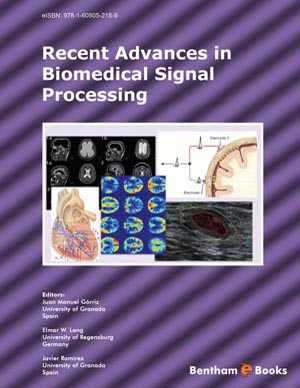Abstract
A general question in the analysis of biological experiments is how to maximize statistical information present in the data while at the same time keeping bias at a minimal level. This can be reformulated as the question whether to perform differential analysis or only explorative screens. In this contribution we discuss this old paradigm in the context of a differential microarray experiment. The transcription factor Lmx1b is knocked out in a mouse model in order to gain further insight into gene regulation taking place in Nail-patella syndrome, a disease caused by mutations of this gene. We review several statistical methods and contrast them with supervised learning on the two differential modes and unsupervised, explorative analysis. Moreover we propose a novel method for analyzing single clusters by projecting them back on specific experiments. Our reference is the identification of three well-known targets. We find that by integrating all results we are able to confirm these target genes. Furthermore, hypotheses on further potential target genes are formulated.
Keywords: microarray analysis, Nail-patella syndrome, Lmx1b, linear mixing models, recursive feature extraction


















